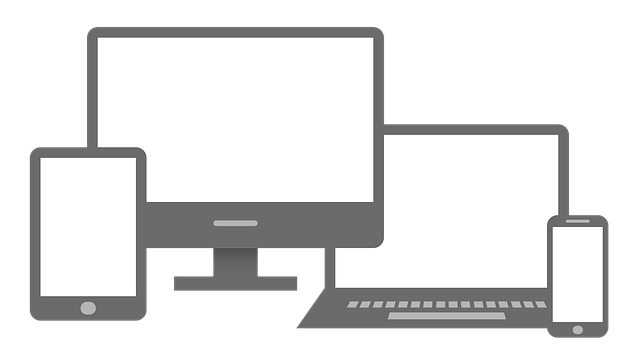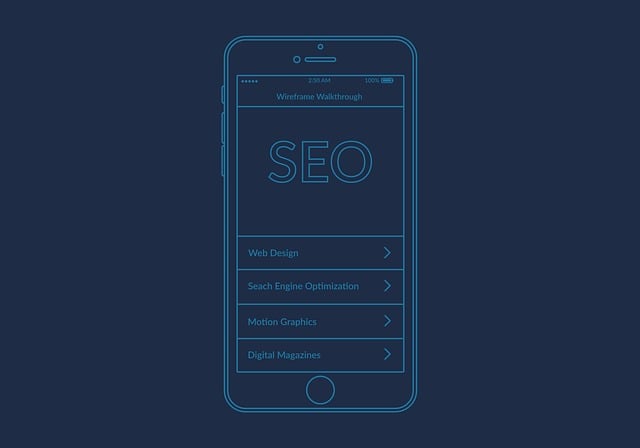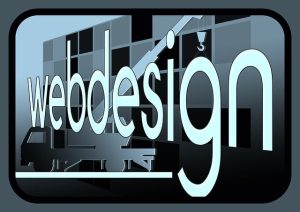Achieving high-quality, affordable web design for startups and small businesses involves strategic planning, smart resource allocation, and leveraging cost-effective tools. Setting realistic expectations, selecting the right website builder, optimizing for SEO, prioritizing core features, and effective communication with designers are key steps. The optimal approach to development (outsourcing vs. in-house) depends on project scope and timeline. Regularly measure success through KPIs to optimize site performance and stay competitive in the digital space.
In today’s digital era, a high-quality website is no longer a luxury but an essential tool for businesses. Understanding affordable web design goes beyond just cost; it means finding solutions that balance quality, functionality, and accessibility. This article guides you through navigating the world of budget-friendly web design, covering topics from setting realistic expectations to choosing the right platforms, optimizing search engines, incorporating essential features, outsourcing vs. in-house development, effective communication tips, and measuring success through key performance indicators (KPIs). Discover how to create a powerful online presence without breaking the bank.
Understanding Affordable Web Design: What It Means for Businesses

Many businesses, especially startups and small enterprises, often wonder what it means to achieve high-quality web design on a budget. Affordable web design isn’t about cutting corners or using generic templates; instead, it’s about finding creative solutions that align with your brand and deliver an exceptional user experience without breaking the bank. It involves strategic planning, smart resource allocation, and leveraging cost-effective tools and techniques.
By understanding affordable web design, businesses can effectively communicate their value proposition online while maintaining a professional and engaging presence. This approach ensures that even with limited financial resources, companies can compete in the digital space, attract their target audience, and achieve tangible business goals.
Setting Realistic Expectations: Balancing Quality and Cost

When it comes to high-quality web design on a budget, setting realistic expectations is crucial. Many businesses believe that they have to sacrifice either quality or cost when creating a website. However, this doesn’t have to be the case. Affordable web design services can offer stunning and functional sites without breaking the bank. The key lies in understanding your needs and defining clear goals from the outset.
Prioritize essential features and aesthetics accordingly. Not all elements need to be premium or state-of-the-art. By focusing on what truly matters for your business, you can create a cost-effective website that serves its purpose effectively. Remember, quality doesn’t always mean expensive; it’s about finding the right balance between visual appeal, user experience, and affordability.
Choosing the Right Web Design Platform for Budget-Friendly Solutions

When aiming for high-quality, affordable web design, selecting the right platform is a strategic move. Many popular website builders offer cost-effective solutions without compromising aesthetics and functionality. These platforms cater to diverse needs, from small businesses to entrepreneurs, allowing users to create professional websites without breaking the bank.
Choosing a user-friendly interface that provides ready-made templates and drag-and-drop editing ensures an efficient design process. Additionally, some platforms offer customizable features, enabling you to incorporate unique elements while keeping costs low. This approach empowers individuals to launch their online presence without incurring heavy expenses typically associated with traditional web design services.
Optimizing Your Website for Search Engines on a Limited Budget

When working with a limited budget for your website, optimizing it for search engines (SEO) might seem like an additional challenge. However, there are cost-effective strategies to enhance your online visibility and attract organic traffic. One of the key aspects is keyword research; identify relevant keywords and incorporate them naturally into your content. This process doesn’t have to be expensive; free tools can help you discover high-value keywords with low competition.
Additionally, focus on creating valuable content that answers user queries. Regularly updating your site with fresh, informative articles not only engages visitors but also signals to search engines that your website is active and relevant. Ensure your site is mobile-friendly as well; Google favors responsive design, so this optimization won’t break the bank. These practices, when combined with a well-designed, user-friendly interface created through affordable web design services, can significantly improve your site’s SEO performance on a limited budget.
Incorporating Essential Features Without Breaking the Bank

When aiming for high-quality web design on a budget, it’s essential to prioritize and incorporate essential features that enhance user experience and drive engagement. Affordable web design doesn’t mean sacrificing functionality; instead, it encourages creative problem-solving and strategic resource allocation. Focus on core elements like intuitive navigation, responsive design for optimal viewing across devices, and clear call-to-actions to guide visitors towards desired actions. These fundamentals not only improve accessibility but also contribute significantly to conversion rates.
To keep costs manageable, consider leveraging user-friendly content management systems (CMS) that offer customizable templates without requiring extensive coding. Open-source alternatives and freelance designer collaborations can also help reduce expenses while ensuring you get the design you want. Remember, an affordable web design should be a strategic investment, balancing aesthetics with functionality to create a compelling online presence that delivers results without breaking the bank.
Outsourcing vs. In-House Development: Cost-Effective Strategies

When considering high-quality web design on a budget, one key decision is whether to outsource or develop in-house. Outsourcing can be a cost-effective strategy, as it allows businesses to access skilled designers and developers at a lower cost than hiring full-time staff. Plus, outsourcing enables you to focus on core business operations while experts handle your web design needs.
However, in-house development has its advantages too. By building a team, you gain control over the entire process, ensuring your vision is accurately translated. In-house teams can also respond swiftly to changes and provide ongoing support. To balance these options, consider your project scope, timeline, and long-term goals. For smaller projects or tight budgets, outsourcing affordable web design solutions might be the better choice; for complex, long-term initiatives, an in-house team could offer more sustainable results.
Tips for Effective Communication with Your Web Designer

Effective communication is key when collaborating with a web designer, especially on a budget. As an affordable web design project may have unique challenges, clear and open dialogue ensures your vision is accurately translated into reality. Start by providing detailed information about your business, target audience, and desired features. Use simple language to describe your ideas, and consider creating a style guide or mood board for visual references. Regularly review design concepts and offer feedback; this process allows you to steer the project in the right direction while staying true to your budget constraints.
Remember, your web designer is an expert who can provide valuable insights and suggestions. Be receptive to their input, ask questions when needed, and maintain a collaborative attitude. This partnership will help create a website that not only looks stunning but also aligns perfectly with your business goals, all while keeping the costs manageable.
Measuring Success: Defining Key Performance Indicators (KPIs) for Your Affordable Website

Measuring success is a vital aspect of any online venture, and defining Key Performance Indicators (KPIs) for your affordable web design project is crucial to gauging its effectiveness. These KPIs will help you understand if your website is achieving its business goals, whether it’s generating leads, increasing sales, or simply improving user engagement. Start by identifying the key actions you want visitors to take on your site—like making a purchase, signing up for a newsletter, or contacting your team. Then, align these actions with quantifiable metrics such as conversion rates, time spent on-site, bounce rate, and average session duration.
For an affordable web design, focus on KPIs that are relevant to your business objectives. For example, if you’re a small e-commerce store, tracking sales and the number of completed transactions is essential. Alternatively, a content-heavy website might prioritize metrics like page views and time spent reading articles. Regularly reviewing these KPIs will enable you to make data-driven decisions and optimize your website over time, ensuring it remains competitive in the digital marketplace.
